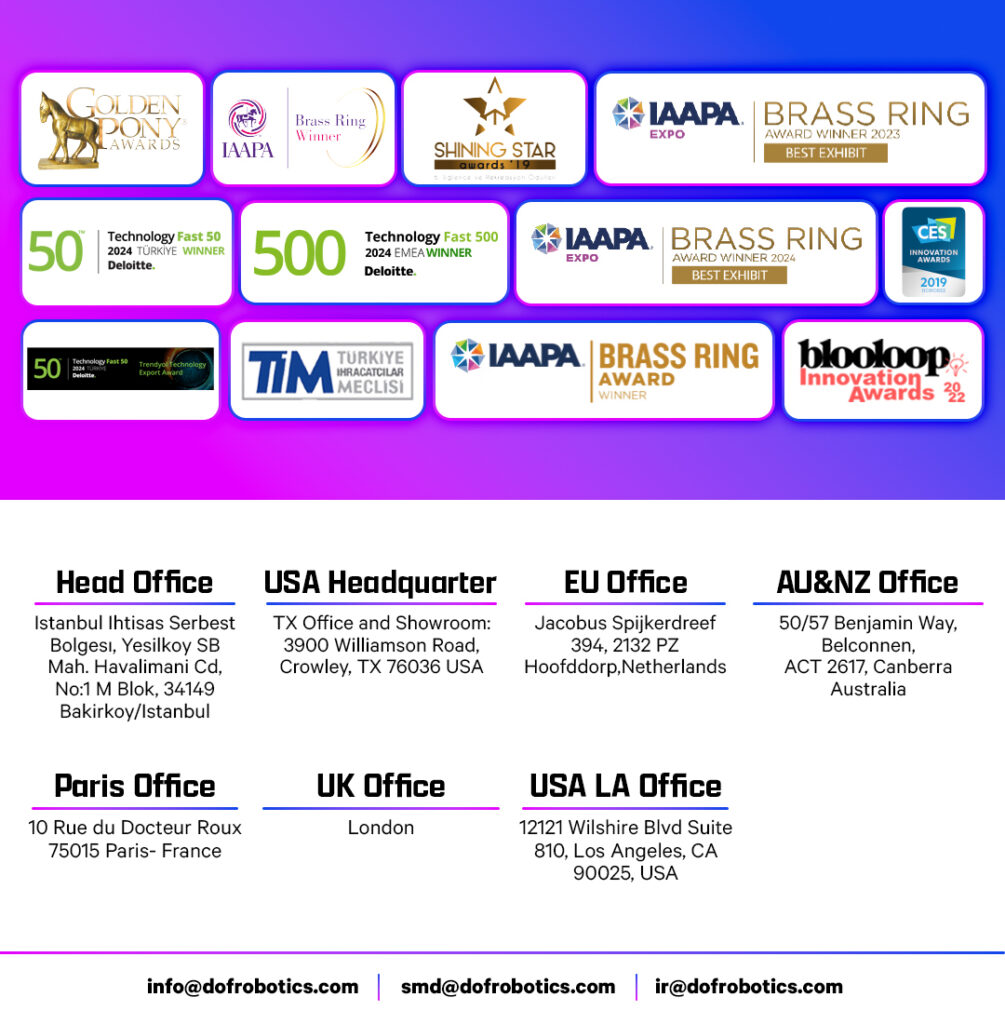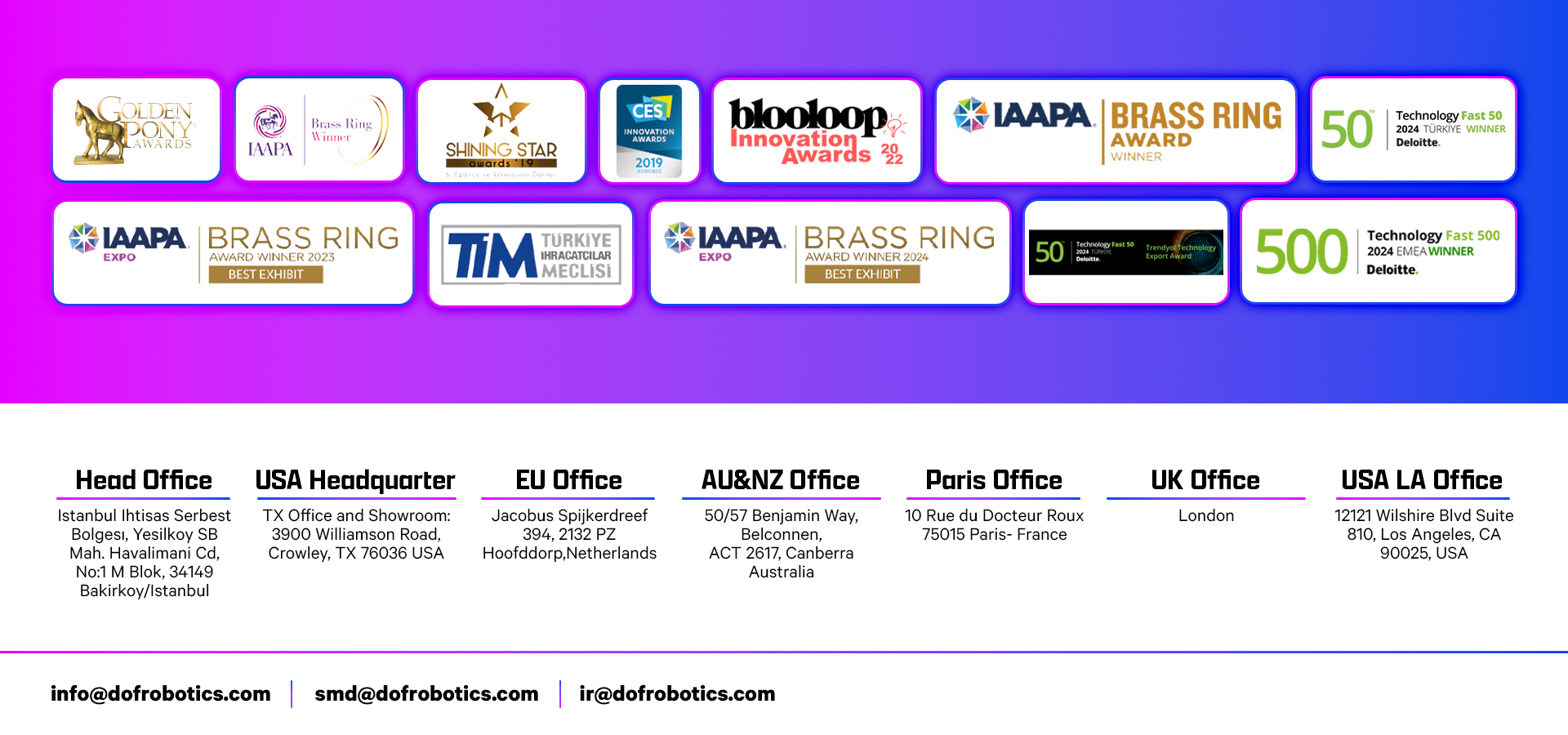Innovations and Trends to Watch: The Future
of Flying Theaters
Innovations and Trends to Watch: The Future of Flying Theaters
The creation of flying theaters transformed and greatly advanced the entertainment industry, as it now offers guests a fascinating, immersive experience using contemporary technological advancements, including storytelling. Guests can now be taken to different realms, oceans, and even outer space while they are sitting in motion seats. As technology progresses, flying theaters will be able to leverage even more advancements made in technology. There are many key innovations and trends that will be emphasized in this discussion, which will sustain not only the growth but also the enhancement of flying theaters.
Combining 3D Projection and Motion Seating: What Are Flying Theaters?
Flying theaters utilize motion seating coupled with 3D projection, environmental effects, and interactive technologies to create what is called a multi-sensory experience. The combination of managing these elements has led to the imagination of millions, as well as the ease of access users have to the TRN. With flying theaters spreading all around the globe, easy access to flying theaters is being embraced by theme parks, museums, and entertainment centers.
Compared to rides, film screenings, and other forms of entertainment, flying theaters provide an unforgettable experience thanks to their dynamic and immersive nature. While this snapshot of their appeal is true, what makes them stand out even more is the growth and change that constantly expand the possibilities and make the experience even better.
Innovations Shaping the Future of Flying Theaters
1. Advancements in Motion Seats
Flying theaters became more comfortable with the introduction of new technologies, and they are now more comfortable than ever. Guests are now able to better feel the motion of the visuals on screen due to new enhancements that allow better syncing as well as ergonomic design improvements. With new advancements in motion simulation technology, motion seats are now more ergonomic, ensuring everyone receives a smoother experience regardless of their shape or size.
2. Next-Gen Projection Systems
The visual component of flying theaters is perhaps the most important element. Innovations in 4K, 8K, and laser projectors provide theater operators with advanced tools that lead to a more enhanced experience. With their ability to create stunningly realistic high-definition images, these projectors help create compelling environments such as vibrant cityscapes or even distant galaxies, thus ensuring that the images captured are as bright, brilliant, and vivid as possible.
3. Consequences to the Environment
To enhance sensory interaction, flying theaters incorporate wind, water, scent, and sound effects. Picture yourself diving into an oceanic world and feeling water droplets on your face. These environmental effects make the experience more cinematic by adding physical, atmospheric, and emotional dimensions to it.
4. Mixed Reality Technologies
With augmented reality (AR) and virtual reality (VR), visitors can control their flight trajectory or even immerse themselves in the story, making interactivity much simpler than before. This novel form of interactivity makes the ride more imaginative and offers a varied experience each time.
5. Artificial Intelligence (AI) Integration
AI is being integrated into the user experience by building intelligent systems that respond to users’ actions and preferences. Be it through modifying the intensity, storyline, setting, or any other feature, the AI integration powers tailored experiences for the visitors while keeping them engaged.
What to Keep an Eye on for Flying Theatre Design
1. Flexibility in Design
The movement of flying theaters is gaining traction. Modular systems provide flexibility and ease of installation concerning a park’s layout in terms of space. Operators can easily scale up or down for adjustments in budget and available space, utilizing space efficiently.
2. Experiential Customization
Customizable elements to match a venue’s theme are being offered by flying theater manufacturers. Be it an adventure into space, a historical journey, or an aquatic exploration, customization of visuals, sounds, and ride components ensures brand alignment while offering uniqueness to every experience.
3. Focus on Sustainable Design
These attractions are designed to meet users’ expectations while incorporating energy-efficient systems and sustainable materials. The eco-friendly designs not only enhance the guest experience but also reduce the environmental footprint of these attractions as well.
4. Social and Interactive Features
Flying theaters are transitioning into more social experiences. New designs incorporate multiplayer features where users can either interact with one another or share the experience in a group. Participating together through interactive narratives, coordinated movements, or multiplayer game-like elements is possible with the flying theater concept.
The Impact of Flying Theaters on the Entertainment Industry
The impact of flying theaters on the entertainment industry is significant, as they serve as a new form of immersive entertainment. Moreover, they help drive increased visitor engagement and enhance revenue generation for theme parks and entertainment centers. These products continue to be in great demand because they are extremely distinctive, providing an experience that users will cherish long after the ride has concluded.
Challenges in Flying Theatre Manufacturing
1. High Initial Investment
There are substantial initial expenses involved in developing and installing flying theaters. Advanced technology, motion seating, and custom-made installations, to name a few, all come at a steep cost. However, in many cases, the long-term returns do justify the initial spending due to increased revenue and foot traffic.
2. Integration of Advanced Technology
Implementing technologies like AR, VR, and AI in a flying theater poses significant challenges. Each component must seamlessly integrate together to provide the passenger with a smooth experience. This requires continuous advancements and a heavy focus on technology integration.
3. Space Constraints
Advancements in modular designs are still subject to specific venue constraints. Adaptable solutions are required that cater to smaller and more restrictive pre-existing spaces while still maintaining a quality ride experience.
Conclusion: Flying Theatres—The New Frontier—Will Be Embraced
The flying theater is set to be one of the most captivating and fully immersive entertainment experiences. Innovations in motion technology, AI integration, projection systems, environmental effects, and their synergetic capabilities paint a bright future. It is essential for presiding manufacturers and operators of theme parks to stay on top of these trends to maintain their position in the entertainment industry as demand for these attractions continues to rise.
FAQ: The Future of Flying Theaters
1. What is a flying theater?
It is an immersive attraction featuring high-definition 3D cinema, wind, water, and scent, where guests sit in motion-enabled chairs.
2. How does augmented reality (AR) enhance the flying theater experience?
Visitors are given an option to interact with the environment, thus making the journey more interesting as they can decide what story or scenery they want to fly through.
3. What are the benefits of modular design in flying theaters?
Sustainability in design allows for flexibility in installation, scalability, customization, and thematic integration.
4. What role does AI play in flying theaters?
AI creates customized adaptive experiences by adjusting the ride’s intensity and storyline in real-time, based on guest preferences and interactions.
5. Do flying theaters make use of energy efficiently?
A good number of flying theaters are adopting sustainable practices fortified by energy-conserving building materials and technologies to further lessen their environmental impact.






